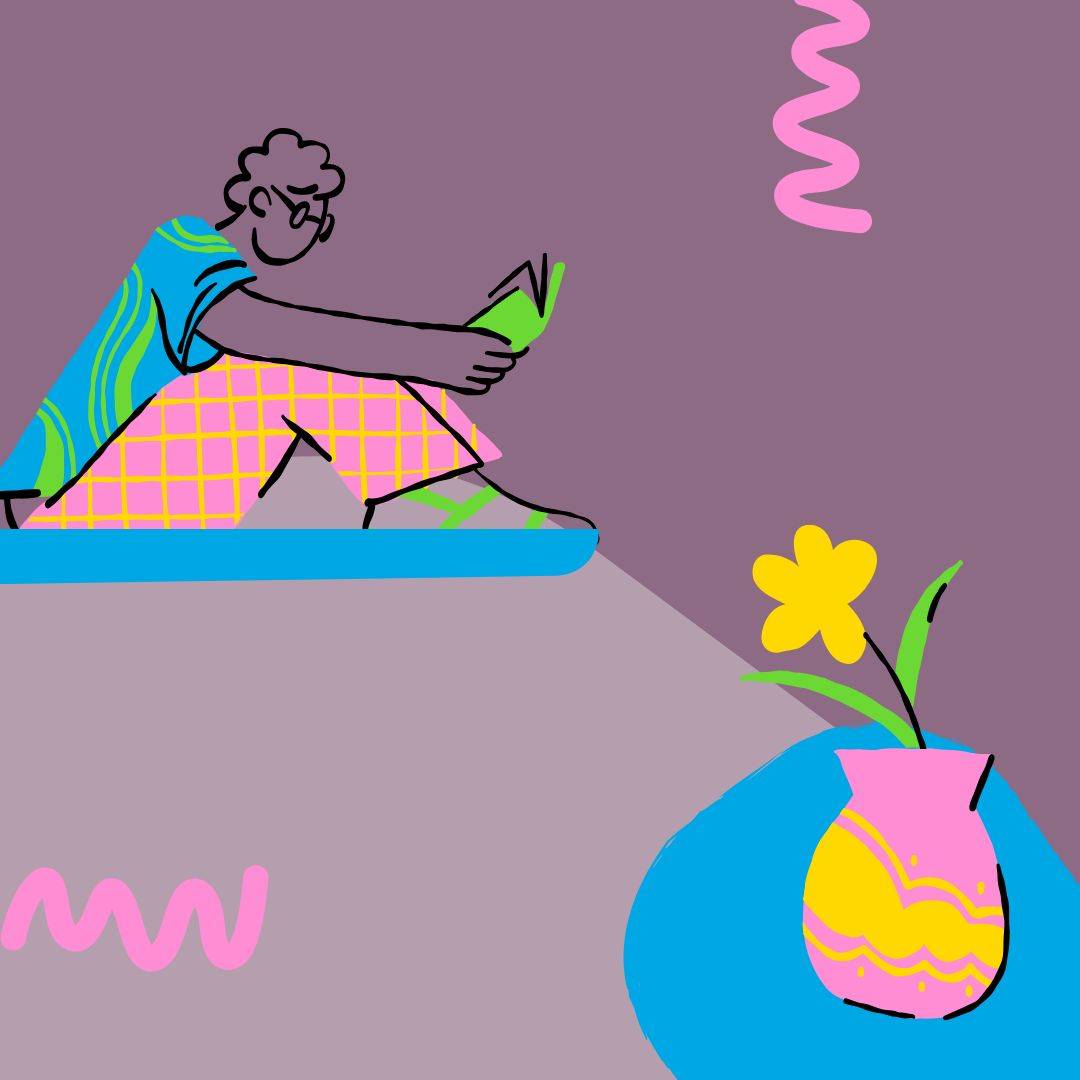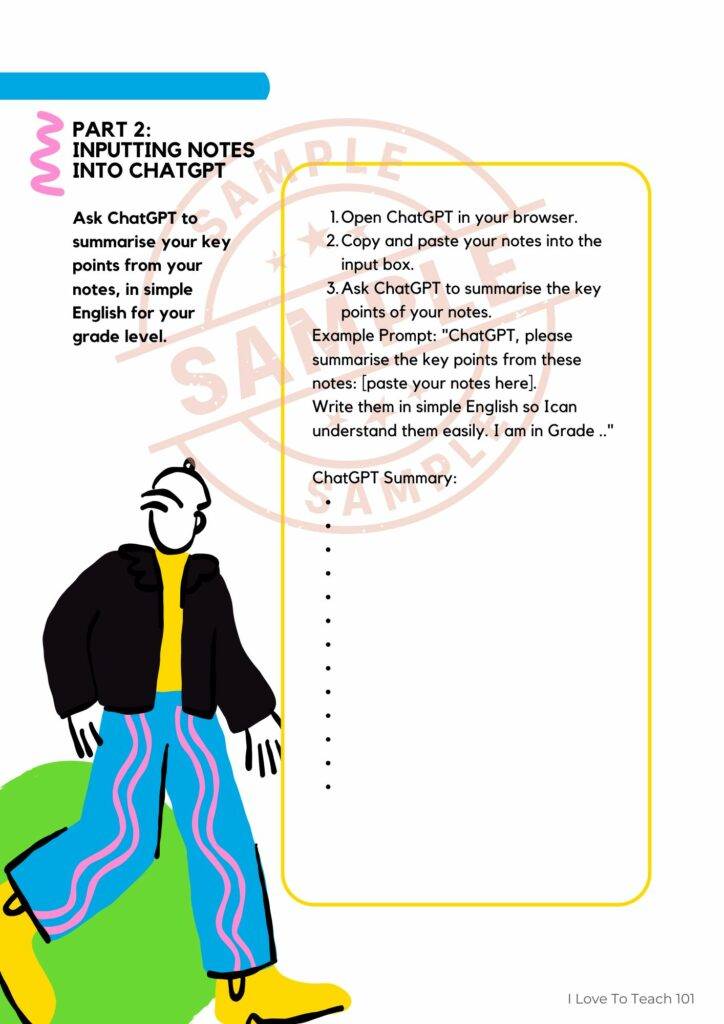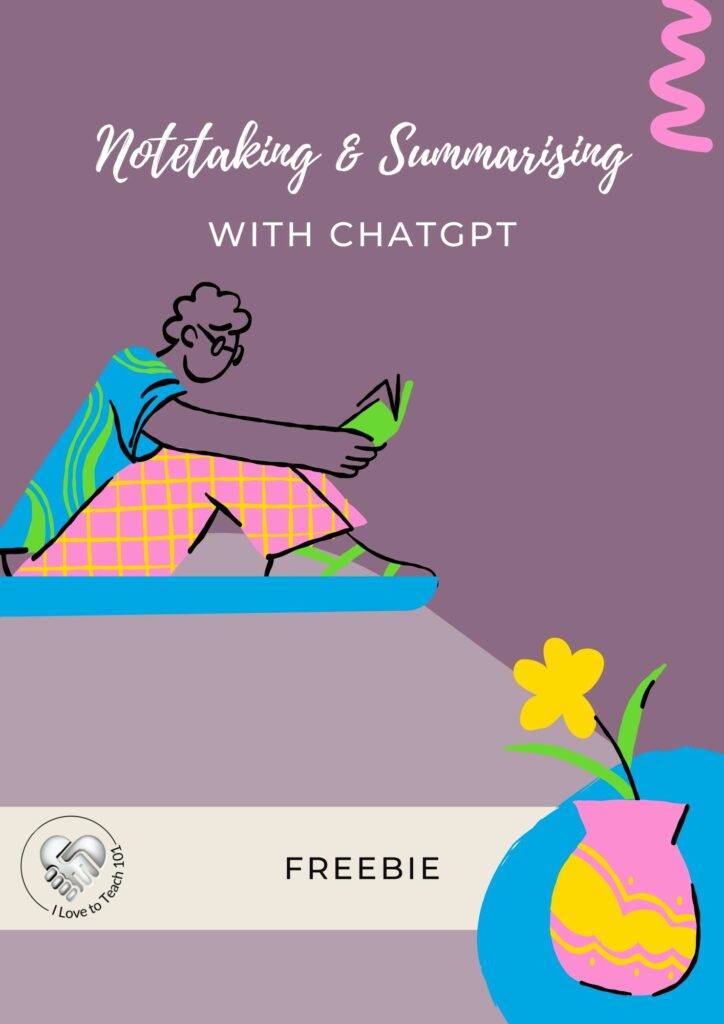Should Teachers Ban ChatGPT in the Classroom?

Whether we like it or not, AI is already a significant part of our students’ lives. From virtual assistants like Siri and Alexa to AI-based apps that help with homework, technology is everywhere. ChatGPT in the classroom is just another step in this digital evolution. But instead of asking whether we should ban it, let’s explore how we can use it to benefit both teachers and students.
The New Kid on the Block – ChatGPT in the Classroom
Picture this: You walk into your classroom, and there’s a buzz in the air. Your students are huddled around their devices, typing furiously. What’s going on? They’re all using ChatGPT. This AI-powered tool has taken the world by storm, and it’s no surprise that it has made its way into our classrooms. But the big question is, should teachers ban ChatGPT in the classroom?
Instead of banning it, we can look at ChatGPT as a chance to innovate, teaching students to use it responsibly and creatively.
The Potential of ChatGPT
When I first heard about ChatGPT, my initial reaction was fear. Would students rely on it too much? Would it replace critical thinking? But then I took a step back and thought about the possibilities.
ChatGPT can be a fantastic tool for enhancing learning and saving teachers time. Imagine a student struggling with their history homework. They can ask ChatGPT for help, and it provides detailed, accurate information. Or, as a teacher, you could use it to create a lesson outline in minutes, leaving you with more time to personalise activities and focus on your students.
Managing Misuse
Of course, there are valid concerns about misuse. Students might use ChatGPT to write essays or complete assignments without putting in the effort. But instead of banning it outright, why not teach them how to use it responsibly?
Set clear guidelines for its use. For instance, students could use ChatGPT to generate ideas or outlines but must write the final draft themselves. Encourage them to bring personal context, reflections, or local events into their work—something AI cannot replicate.

How to Make Sure Students Edit Their ChatGPT Findings
ChatGPT is out there, and students are using it, so we need to ensure they use ChatGPT as a tool for research not as a shortcut to avoid doing their own work. Think about what lights a fire under your students and makes them tick. Bring these elements into your assignments.
For prompts and small tasks, encourage your students to tie their ideas to personal experiences, class discussions, or local events. ChatGPT can’t replicate the unique dynamics of your classroom, so push your students to make those critical connections themselves.
For example, if you’re teaching a history lesson on the Industrial Revolution, instead of assigning a standard essay, ask your students to imagine they are journalists living in that era. Have them write a news article about a recent invention and how it affects their community. This way, they combine historical facts with creative writing and personal engagement, ensuring their work is authentic and not just generated by AI.
Teaching Critical Thinking
One of the best ways to use ChatGPT in the classroom is to enhance critical thinking skills. Ask your students to evaluate the responses they get from ChatGPT. Are the answers accurate? Are they biased? Cross-checking information with other sources helps them develop analytical and discernment skills.
Brainstorming and Idea Generation
Let’s look at some practical ways to incorporate ChatGPT in the classroom. For example, you could use it for brainstorming sessions. Ask students to come up with ideas for a project, and then use ChatGPT to expand on those ideas. This not only sparks creativity but also shows students how to build on their thoughts.
Practical Applications: ChatGPT in the Classroom
Brainstorming and Idea Generation
Use ChatGPT for brainstorming sessions. Ask students to propose ideas for a project, then refine those ideas with ChatGPT to expand their creativity.
Revision and Summarisation
Using ChatGPT for revision can be particularly effective. Here’s a step-by-step guide:
- Class Notes: Encourage students to take detailed notes during your lessons, capturing key points, definitions, and examples.
- Initial Revision: Ask students to review their notes and highlight the most important parts.
- Using ChatGPT: Have students input their highlighted notes into ChatGPT to summarise key points. Guide them through this as a class activity or assign it for homework.
For students struggling with note-taking, provide a set of class notes or summaries. They can use ChatGPT to expand on these notes, adding details or clarifications. This ensures all students, regardless of ability, can benefit from the session.

Addressing Ethical Concerns
Ethical concerns are a big part of the debate around AI in education. ChatGPT in the classroom can sometimes produce biased or incorrect information. It’s crucial to teach students about these limitations. Discuss the ethics of AI, the importance of verifying information, and the potential consequences of relying too heavily on technology.
This not only prepares students for the future but also fosters a responsible attitude towards AI, helping them become critical thinkers and informed users of technology.
Preparing for the Future
The future is here, and it’s filled with AI. By introducing ChatGPT in the classroom, we prepare our students for a world where technology plays a crucial role. We teach them to adapt, to think critically, and to use technology responsibly.
These are skills they will need in every aspect of their lives, from their careers to their personal growth. By embracing tools like ChatGPT, we equip students with the confidence and adaptability to thrive in a tech-driven world.
Time-Saving Benefits for Teachers
ChatGPT isn’t just for students. It’s a game-changer for teachers too. From generating lesson plans to drafting emails to parents, ChatGPT can simplify your workload. By automating repetitive tasks, you can focus more on personalised teaching and student engagement.
Enhance Learning with our FREE ChatGPT Note-Taking and Summarising Workbook
To support your use of ChatGPT in the classroom, download our free ChatGPT Note-Taking and Summarising Workbook. This 4-page resource helps students practice effective note-taking and learn how to use ChatGPT responsibly for summarising. It includes reflective questions, guided instructions, and spaces for personal input, reinforcing critical thinking and creativity.
Download your free workbook today and access more helpful resources!

Embrace, Don’t ban
The question isn’t whether we should ban ChatGPT in the classroom but how we can integrate it effectively. By embracing AI and teaching our students how to use it responsibly, we turn a potential challenge into an educational opportunity. ChatGPT can enhance learning, save teachers time, and foster critical thinking.
